What Are Ice Dams? What Do You Do About Ice Dams?
Winter snow can be a magical sight, especially when every roof is covered in a sparkling white blanket. To the homeowner, this can turn into a source of anxiety. Snow is known to cause a plethora of issues for the exterior and interior of a house, but being prepared for the cold season can save you a lot of time and money.A common yet destructive formation called an ice dam can go unnoticed all winter if you don’t know what to look for. Looking for and taking care of ice dams is part of roof maintenance in the winter. Ice dams are caused by snow melting at the midsection of a roof, which usually happens if an attic is not insulated well enough and allows the internal heat to reach the roof. The melting snow flows under an existing layer of snow and freezes into solid ice on the roof’s cold eves. Ice continues to accumulate and eventually matures into a dam, backing up more melting snow and causing water to seep beneath shingles and into the house.
Potential Damages of an Ice Dam
The damage an ice dam can cause is extensive. As water moves underneath your gutters and shingles, it can freeze again and expand. As the ice expands, it can easily lift singles and pry your gutters away from the roof, creating easy access points for water to leak in. Your attic is particularly at risk for water damage. Soggy insulation is a breeding ground for mold and mildew, which can cause structural problems and poses a health risk for some. Over time, water damage will cause wallpaper to peel, ceilings to dip, floors to warp, and ugly stains to appear. The cost of repairs can grow to tens of thousands of dollars, but that will be nothing compared to the stress of having to live with these issues.Quick Solutions for Ice Dams
Because permanent fixes can be expensive and labor-intensive, many Americans will have to keep a close eye on their roofs during the winter to avoid ice dams. Something to watch out for are icicles hanging from your gutters. Icicles form under the same conditions as an ice dam, so you may very well have one if you have the other. Below are a few quick fixes to stop an existing ice dam from causing damage or getting worse. Cool down your attic and re-freeze any leaks by pointing a reasonably strong fan at the underside of the roof’s affected area. This cold air will stop a leak by freezing the water in a matter of minutes. This is a very temporary fix, but it can buy you some time. Rake the snow off your roof with a roof rake. Once the layer of snow is removed, the temperature difference between your roof and your attic will be less dramatic. If snow is kept off of the roof consistently, ice dams will be unable to form. Melt the ice with pantyhose and calcium chloride. DO NOT put calcium chloride ice melter directly on your roof; it can make the soil around your home uninhabitable for grass and other plants. Fill a leg with the ice melter and tie it off before laying it across the dam. It should hang over your gutter. This will slowly melt the ice and create a clear path for water to flow away.Long-Term Solutions for Ice Dams
To permanently avoid ice dam formation, a homeowner needs to keep their attic completely cut off from the home’s internal heat. This will prevent the lowest layer of snow from melting in the first place. The attic needs to be well insulated, and every air leak needs to be covered. For the trained eye, these problem areas are easy to spot and take care of. It is best to hire a professional roofing contractor to take a look around and give their advice for your specific situation.Subscribe to Amos Exteriors's Blog



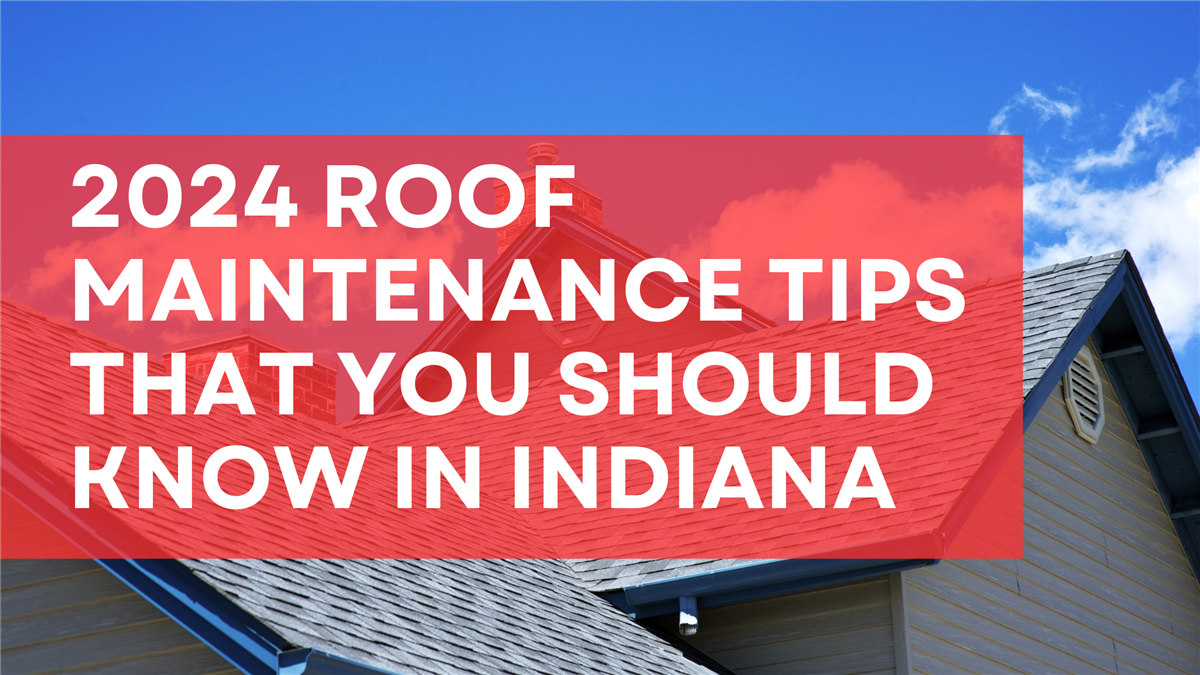
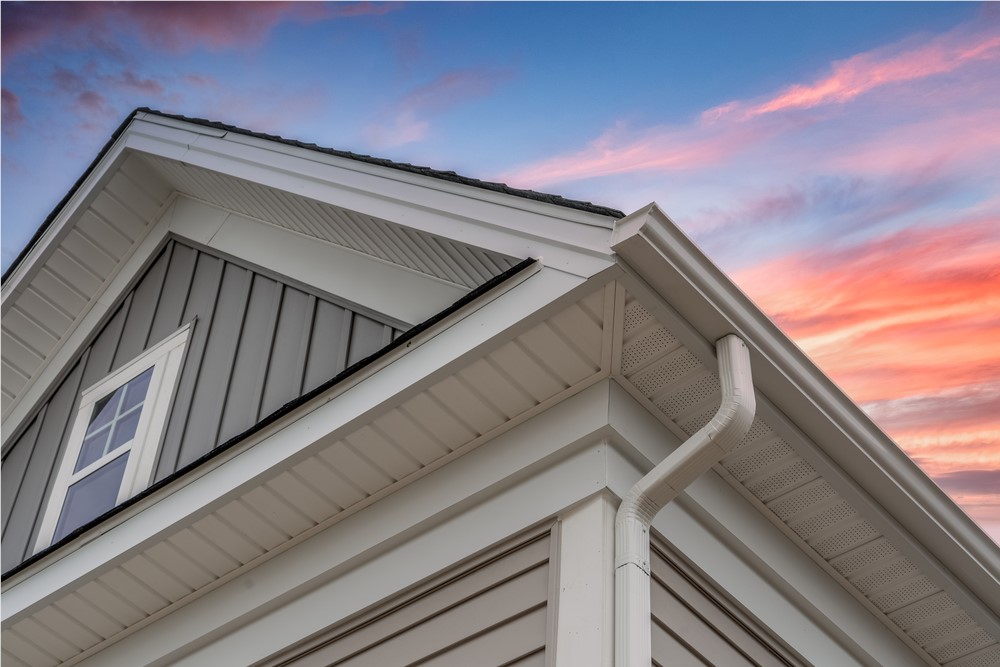
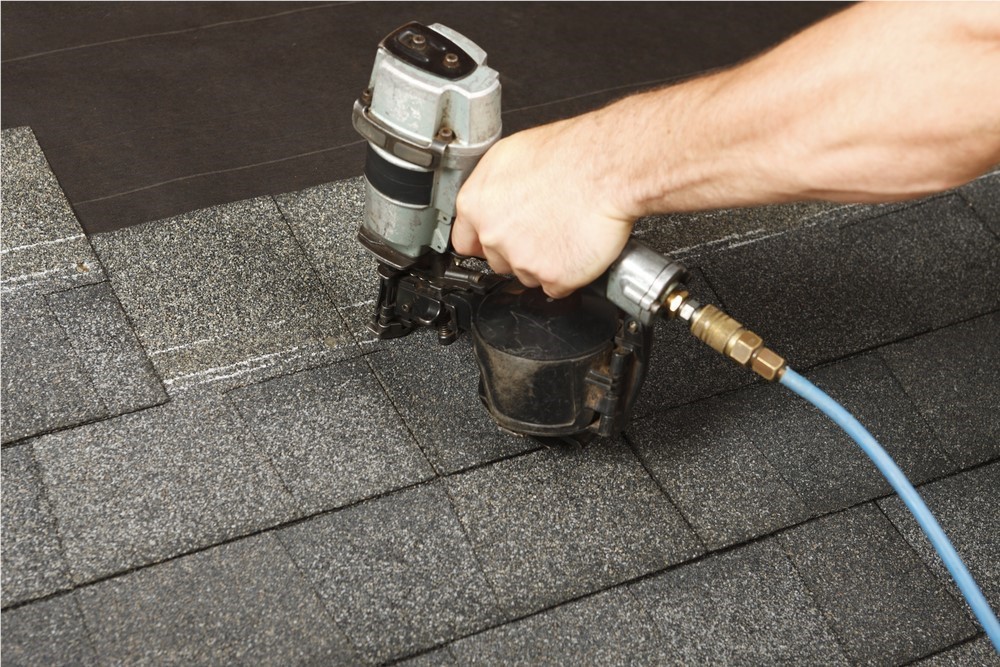
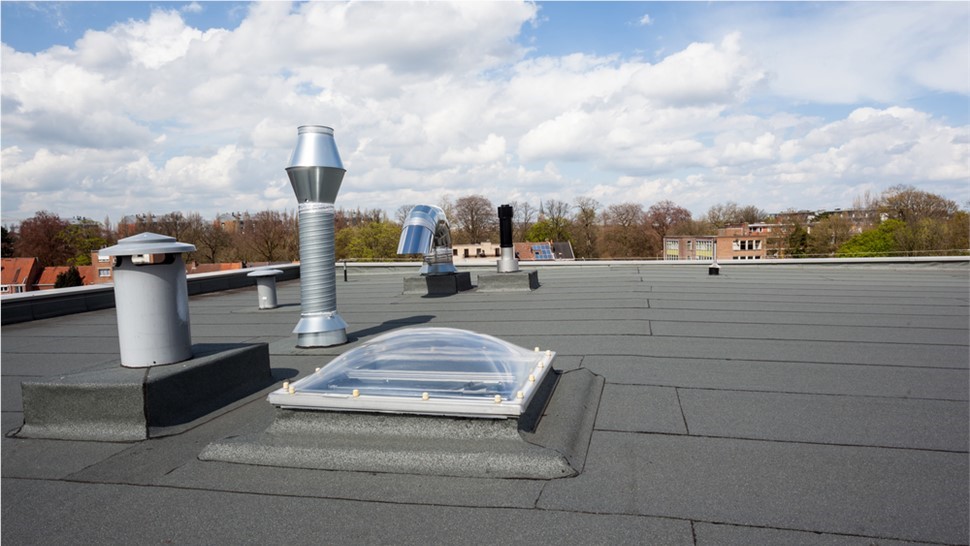
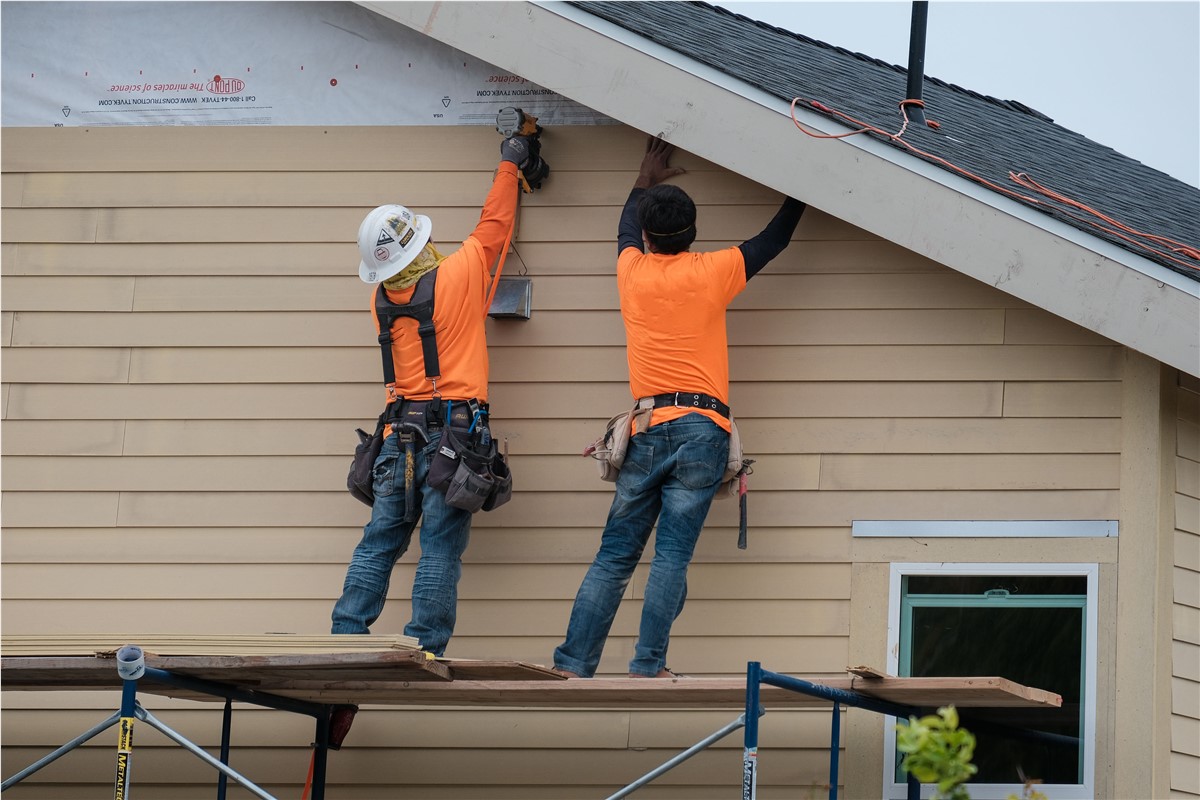

Comments